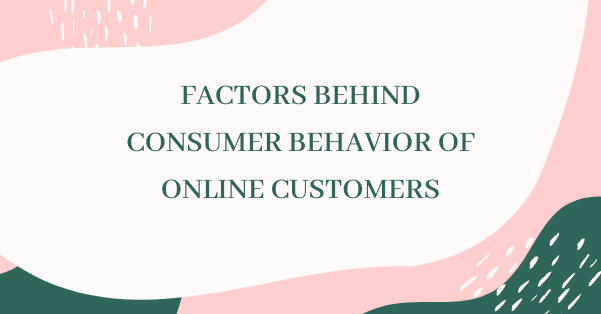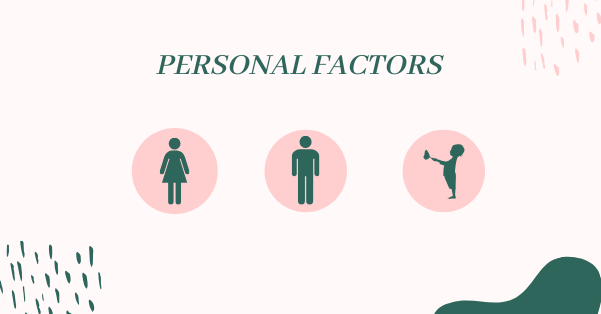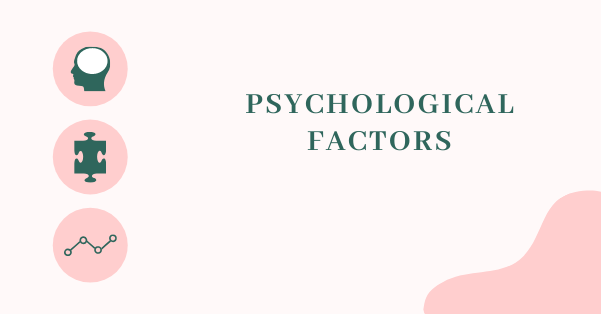Factors Behind Consumer Behavior of Online Customers
Consumer behavior is most commonly defined by a set of decisions and actions that influence purchasing behavior. Trying to understand what makes one customer purchase a particular product with respect to others is something that attracts the attention of marketers around the world. With the changes happening in the tech sphere, the majority of brands spread (or moved) their business online seeing it as a bigger market opportunity. However, you can invest all your time and resources into making the best possible online store, but if you fail to adjust it with the behavior of your online customer, you won’t see much profit.
According to recent research, 81 percent of shoppers conduct online research before they make a purchase. 60 percent begin by using a search engine to find the products they want, and 61 percent will read product reviews before making any purchase. On average, a consumer will visit three stores before making their purchase.
As you might know, there are a variety of reasons behind consumer behavior, and here we’ll discuss some of the most important ones.
1) Personal Factors
Personal factor is one of the important factors that affect a purchase decision. It includes age, gender, education, occupation, income status and etc. For instance, in comparison to younger people, older people have less knowledge about the Internet and new technology, so they urge to try products before purchasing.
Younger customers are more opened to this new kind of purchasing behavior, especially the Millenials (Generation Y) and Generation Z .But, a part of them still doesn’t earn much (they’ve recently entered the job market), or they are still in the educational process, which brings as to the influence that the income status has. Individuals with the lower-income approach online shopping activity more suspiciously since their tolerance for financial loss is low in contrast to consumers with higher income.
Again, people with more knowledge about technology are more willing to buy online since they are able to estimate the potential risk – if the eCommerce store is unreliable in terms of payment methods, product quality, shipping, etc. There are some differences within the gender as well – women tend to buy clothes, cosmetics, and similar products, whereas men usually purchase gadgets. However, none of them takes the buying decision lightly – the one thing that everyone has in common is to spend a fair amount of time searching for the best option.
2) Psychological Factors
Behind every purchase decision, there is a satisfaction of a particular need. Online consumer psychologically deals with a number of questions on their mind such as ‘Should I look for a better price?’, ‘Should I visit another online store?’, ‘Is this store safe enough?’ and many more.
Therefore, we can determine four psychological factors that influence consumer behavior: motivation, perception, learning, and belief system. Motivation triggers internal customer needs. Figuring out how to motivate them to recognize some need and to take some action into fulfilling it is the first step. Perception is also a very important factor. It’s related to the way that your customer perceives the world or learns about your product. People learn in different ways – someone is, for example, a more visual type, so having high-quality product images and detailed information will be important.
Finally, the belief system is related to all these factors and can influence them. Customer behavior will be influenced based on the opinions that they’ve formed towards a certain brand. For example, if some beliefs that the customer has (environmental issues e.g.) aren’t in alignment with the brand image, he won’t buy the product, even if he finds it useful. On the other hand, consumers’ last shopping experience also plays an important role in the purchase decision. For that reason, providing a better customer experience might be vital for retailers.
3) Social Factors
Besides the psychological factors, there are also social ones that influence consumer behavior. The social influence comes from the reference groups. Each culture contains ‘sub-cultures’ – groups of people with shared values. Sub-cultures can include nationalities, religions, racial groups, or groups of people sharing the same geographical location.
The process of socialization is something that all people have in common. It can be divided into two phases – primary and secondary socialization. Primary or early socialization is associated with the adoption of beliefs that are set by our family as the first group that we encounter. As a child starts growing and entering other social groups (school) his beliefs will be also influenced by his peers. Later on, as the number of groups that we are a part of rises, the number of people with who we get to share our thoughts increases as well.
Therefore, other people and the educational system are a great part of secondary socialization. This is very important if we have in mind that one of the basic human needs is to be accepted and to feel that belongs somewhere. Because of that, many purchasing decisions won’t be influenced by some practical reasons, but very often by the message that lies behind the purchase. When buying some product, you actually send a message – that you have enough money to buy it, that it reflects your lifestyle, that by buying it, you identify yourself with a certain social group, etc.
4) Cultural Factors
Cultural factors that influence customer behavior are similar to social factors. Culture is one of the most basic causes that identifies an individual’s desires and behavior. Briefly, almost everything we do, from reaction to information, making decisions, leading and managing, working in teams, etc. is influenced by culture.
The culture refers to beliefs and practices that are shared among a particular group of people. It varies from country to country therefore you should always have in mind this fact when entering different markets. It can be further divided into sub-culture and social classes. Sub-cultures are groups within a culture where the people are classified more precisely by some shared beliefs that distinguish them from the other members of their shared culture. For example, sub-culture can often be defined by the music taste – due to that we have rockers, hip-hopers, hipsters, etc. They started in 1960 with the emerging of numerous social movements. Since then, one of the most investigated sub-cultures is young people. In terms of sales and economic in general, it’s clear why it is so important to distinguish if your potential customer is a part of some sub-culture and then to target them accordingly.
Furthermore, our society is classified into three social classes upper class, middle class, and the lower class. All three classes have different interests, values, practices, and identities. The consumers belonging to those classes, therefore, express different purchasing behaviors.
Online purchasing behavior – the importance of Web experience
Next to the personal and often not-conscious factors influencing the purchasing behavior, exposure of customers to the company’s marketing can influence buying as well. Online marketers can influence this process by using different marketing tools – from the traditional ones to the ones more contemporary such as social media channels. By using them, they can create a unique Web experience – a combination of information, emotions, online functionality, and other factors related to the most known marketing concept of 4P.
Nowadays, there are numerous marketing software solutions that are helping companies reach higher conversion numbers. One of those solutions is also the lead generation software. It’s an automated tool that helps in gaining online leads.
Since online consumers don’t have the opportunity to try or test the product as they can in brick-and-mortar stores, their online experience needs to be fulfilled differently. That’s the moment where a good website content comes into the picture – not only the written one but audio and video as well. There are also some technical points that need to be considered such as the website speed, organization, and the check-out process.
Wrapping it up
As online shopping became a standard part of people’s lives, the optimization of eCommerce stores turned out to be a must when providing a unique and expected customer experience. However, that is not an easy task at all – there are a lot of factors standing behind customer behavior and a lot of them aren’t so easy to figure out. It takes a lot of time, effort, and wrong moves to finally develop a strategy that is the most suitable for your business and customers.
All in all, the key influence of online shopping is consumer satisfaction. Positive customer experience might result in higher sales, and a negative one can result in a definite loss of a customer. So, it’s doubtless, better customer experience will increase the online shopping rates.
What are your impressions about this topic? Feel free to drop us a line in the comment section!








